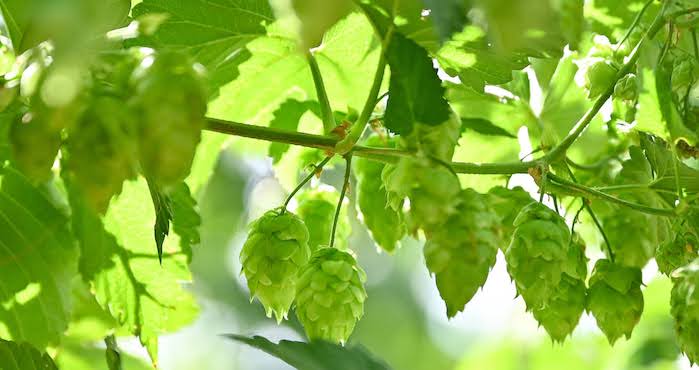Hop Science Newsletter (September 2015)
In this issue: measuring IBUs, letting yeast decide flavour, and a research study that examines emotional response to beer.

NO TIME TO MEASURE YOUR IBUs?
Ethanol, residual extract or carbon dioxide can be measured inline, so why not also Bitter Units? The common method to determine IBUs is to measure the extinction at 275nm from an iso-octane extract of beer. Although this method has some shortcomings (depending on the hops used the values can vary quite a bit and the method is unspecific) it is a well established method in the brewery labs. These German Engineers have developed an inline UV-vis spectroscopy method with an accuracy of +/-2 IBU. Using an additional multivariate data analysis, process control can be improved.¹
LET THE YEAST DECIDE ON FLAVOUR!
Imagine you brew the same beer with the same hopping procedure (same variety, same times of addition) and you just take a different yeast strain for fermentation. How significant would the difference be? We tried it using an American ale yeast (05) in comparison to an Abbaye yeast. For the hopping we used Tradition in comparison to Citra. We found that depending on the hop variety, beers can show a similar (using Tradition) or also a completely different flavor profile (using Citra) caused by the yeast. Also, different effects on bitterness and mouthfeel were observed. This is an exciting topic for further sensory research!²
HOW EMOTIONAL IS BEER DRINKING?
This question was investigated by an Italian/Polish research team. The study examined emotional responses to real (tasted, in real social environment of consumption) and conceptual (food names) food stimuli. Different studies were conducted using the list of emotion words (EsSense™) developed by King and Meiselman. Emotions that were elicited by the named beers and wines varied slightly in kind and largely in degree between Poles and Italians. The strongest emotional response was observed in the Polish panel for both stimuli. These results are of interest for new products in both categories (wine or beer). I wonder, how could you NOT be emotional about beer?³
IS HOPS THE ISINGLASS OF TOMORROW?
Here is a new aspect of our favourite plant! These British researchers found that hops contain active fining compounds. Extracts of hop cones were shown to have the capacity to flocculate yeast, resulting in their sedimentation. This activity has been identified in extracts of many different hop varieties and especially in spent hops — the co-product resulting from commercial extraction of hops with either CO2 or ethanol. The compounds responsible for the fining activity appear to be large polyphenols (30 to 100kDa, or higher). Preliminary data indicate that addition of the finings at optimal dose rates has minimal impact on the organoleptic properties of beer. Isn’t this a relief to all fishes that hops can do their job in beer?4
EVENTS
Belgian Brewing Conference
September 6th-8th, Leuven, Belgium
The Institute of Masters of Beer
September 22nd-23rd, St. Johann, Hallertau, Germany.
Learn everything about pure hop flavor! All lectures in German.
